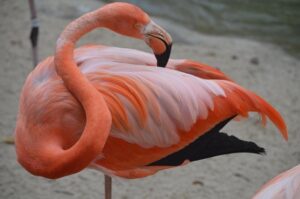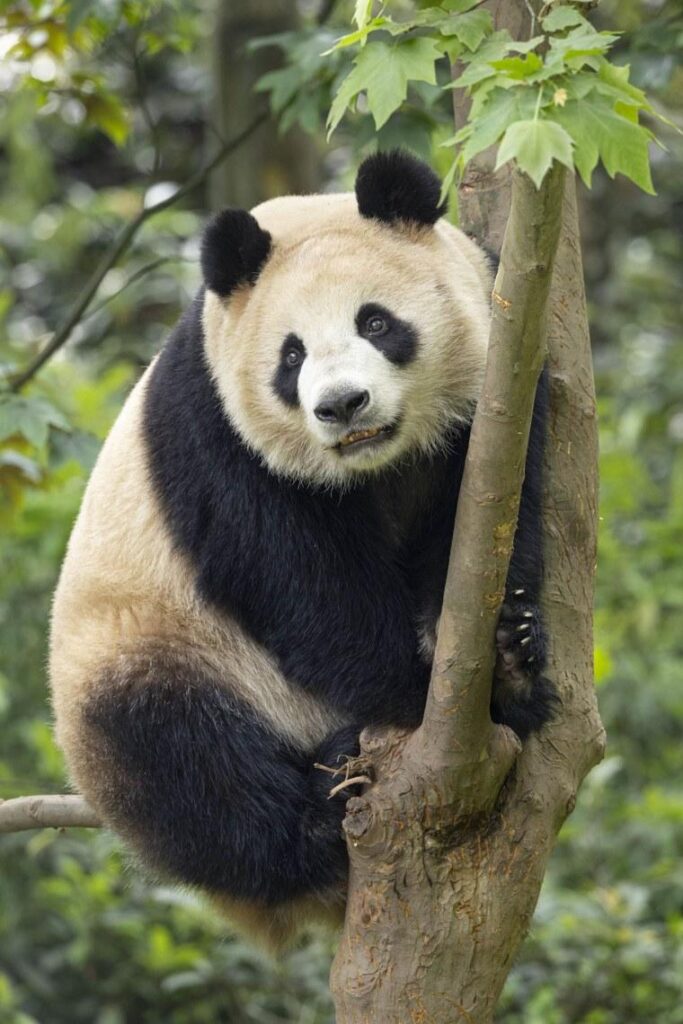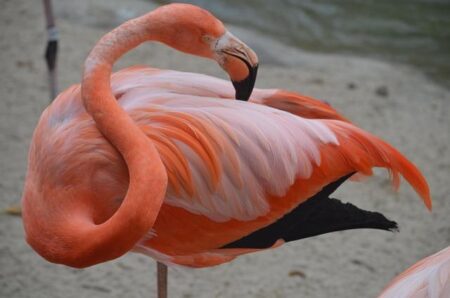China’s Giant Panda Loan to San Diego Zoo: A New Chapter in Global Conservation Collaboration
Strengthening Sino-American Conservation Efforts Through Panda Diplomacy
China has officially confirmed the loan of two giant pandas to the San Diego Zoo, marking a pivotal advancement in international wildlife preservation and diplomatic relations. This initiative highlights the enduring partnership between China and the United States, centered on safeguarding one of the planet’s most treasured and endangered species. The pandas’ arrival, slated for late 2024, is anticipated to invigorate conservation programs, expand scientific research, and captivate public interest in the urgent challenges facing giant pandas.
This multi-year loan agreement is designed to foster collaborative breeding efforts and knowledge exchange, reinforcing the global commitment to panda survival. The pandas, emblematic of wildlife conservation worldwide, will serve as ambassadors for environmental stewardship and education.
- Advanced breeding programs: Aiming to bolster the global giant panda population through coordinated captive breeding.
- Joint scientific research: Focused on habitat restoration, health monitoring, and behavioral studies.
- Public education initiatives: Featuring interactive exhibits and workshops to raise awareness about endangered species.
- Long-term habitat conservation: Supporting efforts to protect and restore wild panda environments in China.
| Category | Information |
|---|---|
| Pandas’ Identities | To be revealed |
| Loan Term | 10 years, renewable |
| Conservation Priorities | Captive breeding and habitat protection |
| Scheduled Arrival | Late 2024 |
Boosting Biodiversity Awareness and Economic Growth Through Panda Presence
Since the announcement of the pandas’ upcoming arrival, the San Diego community has witnessed a surge in enthusiasm for biodiversity and conservation education. These gentle giants have become powerful symbols, inspiring a range of outreach programs that deepen public understanding of endangered wildlife. The zoo has reported a significant uptick in attendance at conservation workshops, with participants gaining valuable insights into habitat preservation efforts both locally and abroad.
The pandas’ presence is also catalyzing economic benefits, attracting eco-tourists and invigorating local businesses. This collaboration has elevated San Diego’s status as a premier destination for wildlife enthusiasts worldwide. Key impacts observed include:
- Visitor numbers: Increased by 27% compared to the previous year.
- Conservation funding: Donations surged by 45%, supporting ongoing projects.
- Youth engagement: Participation in educational programs doubled within six months.
- Local economy: Tourism-related revenue grew by 15%, benefiting hospitality and retail sectors.
| Metric | Before Panda Arrival | After Panda Arrival | Growth |
|---|---|---|---|
| Average Daily Visitors | 8,000 | 10,160 | +27% |
| Conservation Donations | $1.2 million | $1.74 million | +45% |
| Youth Program Enrollment | 1,000 | 2,000 | +100% |
| Tourism Revenue | $4.5 million | $5.18 million | +15% |
Overcoming Complexities in Panda Transfer: Logistics and Diplomacy
The relocation of giant pandas from China to the United States involved intricate logistical planning and delicate diplomatic negotiations. Ensuring the animals’ wellbeing during transit was paramount, with specially engineered transport enclosures replicating their natural habitat conditions, including temperature regulation and cushioning to minimize stress. Veterinary experts accompanied the pandas throughout the journey, providing continuous medical care.
Diplomatically, the transfer represents more than a simple animal loan; it is a testament to the strengthening ties between China and the U.S. through wildlife diplomacy. The agreement encompasses:
- Loan duration: A decade-long term with potential extensions.
- Collaborative research: Shared scientific projects focused on panda health and habitat conservation.
- Educational outreach: Joint programs to raise global awareness about endangered species.
Both nations view this partnership as a strategic step toward enhancing bilateral relations while advancing international conservation goals.
Optimizing Panda Habitat and Visitor Engagement at San Diego Zoo
To fully leverage the benefits of hosting giant pandas, the San Diego Zoo plans to upgrade their living environment to closely resemble the pandas’ native Sichuan mountain forests. This includes planting a variety of bamboo species, installing climate-controlled zones, and incorporating naturalistic water features and shaded areas to promote natural behaviors and comfort.
Enhancing visitor interaction and education is equally important. Proposed initiatives include:
- Augmented reality experiences: Enabling guests to virtually explore panda habitats and behaviors.
- Live panda webcams: Offering real-time viewing both onsite and online to engage a broader audience.
- Keeper-led talks and feeding sessions: Providing insights into panda care and conservation challenges.
- Citizen science programs: Inviting visitors to participate in data collection and research activities.
| Focus Area | Advantages | Engagement Opportunities |
|---|---|---|
| Climate-Responsive Habitat | Enhances panda health and natural behavior | Informative displays on climate adaptation |
| Interactive Learning Zones | Improves visitor understanding of conservation | Hands-on activities and AR exhibits |
| Community Involvement Events | Raises public conservation awareness | Workshops and citizen science projects |
Conclusion: A Symbol of Global Conservation Unity
The introduction of the giant panda pair to the San Diego Zoo represents a landmark achievement in international conservation collaboration. This partnership between China and the United States not only advances scientific research and public education but also exemplifies the power of wildlife diplomacy in fostering cross-cultural understanding. As these iconic creatures adapt to their new environment, they will continue to inspire global efforts to protect endangered species and preserve biodiversity for generations to come.







